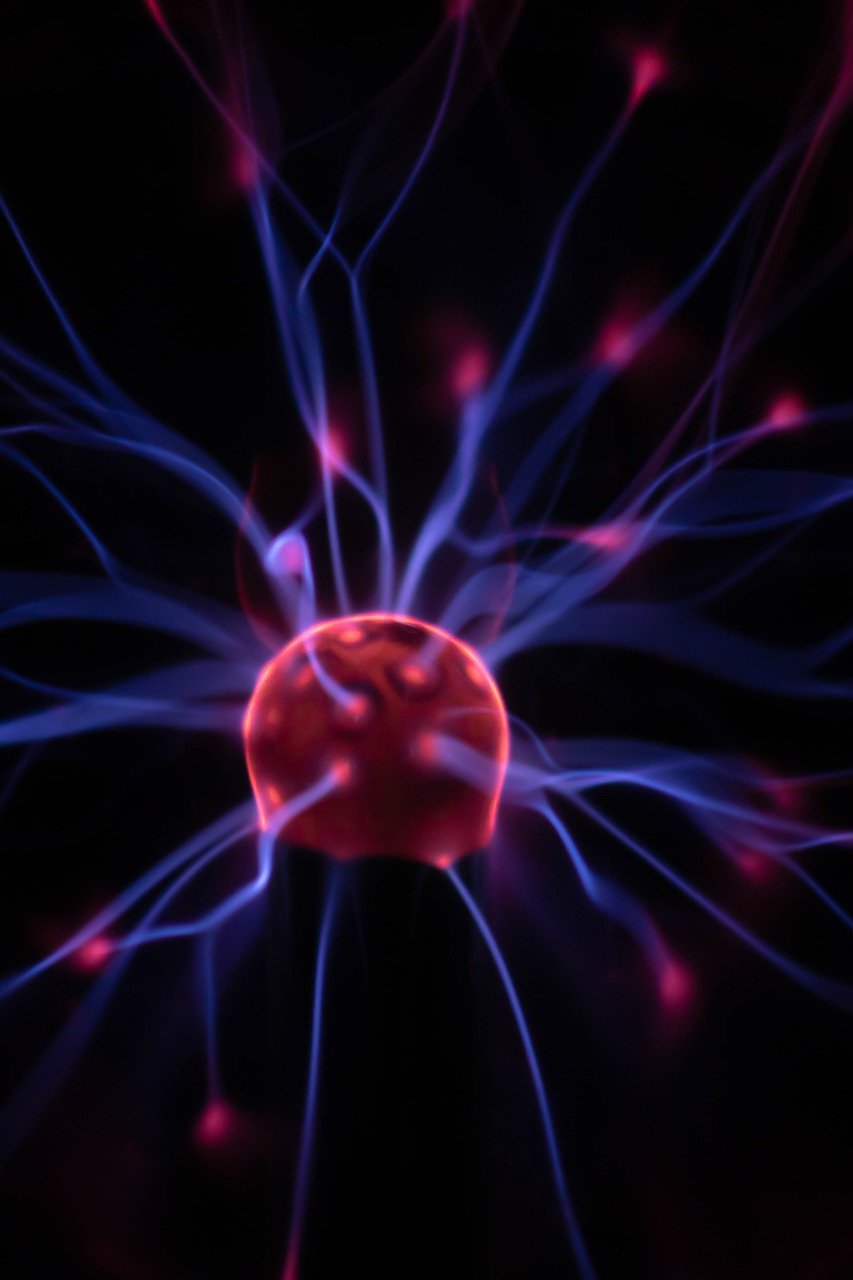The field of cell biology has provided pivotal insights into understanding the complex mechanisms that underpin health and disease. An often understated hero in this intricate ballet of life at a micro-scale is nicotinamide adenine dinucleotide (NAD), a master regulator of cellular metabolism and longevity. This article will delve into the intricate role of NAD in autophagy, a cellular waste disposal system, a function crucial for maintaining cellular health and preventing diseases. Keep reading to explore the fascinating intricacies of these biological processes.
NAD and Its Role in Cellular Metabolism
Before delving into the role of NAD in autophagy, it’s important to understand its role in cellular metabolism. NAD is a critical coenzyme essential for redox reactions, catalyzing the transfer of electrons from one molecule to another. Thus, it plays a pivotal role in various metabolic pathways, including glycolysis, the tricarboxylic acid cycle, and the electron transport chain, which is essential for ATP production.
The role of NAD extends beyond its metabolic duties. It also acts as a substrate for enzymes like poly ADP-ribose polymerases (PARPs) involved in DNA repair and sirtuins, known for their role in aging and longevity. Notably, these nucleotide-consuming processes also play a role in the wider context of cellular stress responses, of which autophagy is integral.
Given that NAD is required for both metabolic reactions and stress responses, the irregularities in NAD levels can impact numerous cellular processes. This makes maintaining cellular NAD levels crucial for overall cell health. Particularly, understanding the relationship between NAD and autophagy has proven to be a rich area of investigation.
Understanding Autophagy
Autophagy, coined from the Greek words ‘auto’ or self and ‘phagy’ or eating, refers to the process where cells recycle their own components to provide the necessary building blocks required for maintaining cell function and adapting to stress. This mechanism works similarly to a cellular cleaning crew, clearing out damaged proteins and organelles that could otherwise accumulate and impair cell function. Autophagy aids in maintaining a healthy balance between the synthesis, degradation, and subsequent recycling of cellular components.
Autophagosomes, the primary actors in this process, encapsulate the cellular waste and transport it to the lysosomes, another cellular component that digests the waste. Defects in autophagy have been associated with a host of ailments ranging from neurodegenerative diseases like Alzheimer’s and Parkinson’s to cancers. Understanding the molecules that regulate autophagy can thus elucidate novel therapeutic targets.
In this complex interplay of nutrient recycling and waste management, NAD plays a crucial role. NAD drives vital biological processes, from DNA repair to cell death, and fluctuations in its levels can have significant implications for cellular and organismal health. NAD acts as a metabolic regulator, and its role in autophagy has been the focus of intense research over the past few years.
Implications of NAD Decline on Autophagy
As we age, the levels of NAD in our cells decline. This drop in NAD levels has been linked to multiple health issues, such as metabolic disorders, neurodegenerative diseases, and reduced immunity. One of the major reasons for these problems is that NAD decline affects the normal functioning of sirtuins, proteins responsible for extending the lifespan of cells and organisms. But how does this impact autophagy?
Sirtuins are a group of proteins found in our bodies that play a vital role in maintaining our overall health and longevity. They are known for their involvement in various cellular processes, including autophagy.
Sirtuins regulate autophagy by influencing the activity of certain proteins involved in this process. One of the key sirtuins, known as SIRT1, has been extensively studied in relation to autophagy. It acts as a metabolic sensor, helping to balance cellular energy levels and govern the initiation and progression of autophagy. SIRT1 activates AMP-activated protein kinase (AMPK), which is responsible for activating autophagy genes and promoting the degradation of cellular waste. When NAD levels fall with age, SIRT1 activity also decreases, causing a derailment in the autophagy process. This results in a buildup of damaged components, a decline in cellular functions, and disease.
Understanding the intricate link between NAD, sirtuins, and autophagy paints a picture of how critical NAD is in maintaining cellular health. Supplementing with NAD precursors has shown potential in mitigating these effects and is an active area of research for its therapeutic benefits.
NAD Precursors and Autophagy
Nicotinamide riboside (NR) and nicotinamide mononucleotide (NMN) are two commonly studied NAD precursors. They are thought to boost the levels of NAD in the cell and thereby support the various processes that NAD is involved. Remarkably, studies have shown that supplementation with these precursors can improve autophagy and result in better metabolic health.
It has also been discovered that these NAD precursors can enhance the function of mitochondria, the cellular powerhouses, by promoting mitochondrial autophagy, or mitophagy. This helps to rejuvenate cells and boost their energy. This raises the possibility that NAD precursors could be used to help treat a range of diseases linked to mitochondrial dysfunction, including metabolic disorders, cardiovascular diseases, and age-associated diseases.
Experimental evidence suggests that NAD precursors can improve cognition and locomotor activity, reduce inflammation and mitochondrial oxidative stress, extend lifespan, and protect against diseases such as Alzheimer’s, Parkinson’s, and heart failure. With this in mind, it’s clear that NAD and its precursors could play an instrumental role in disease prevention and treatment and in promoting overall health and longevity.
Linking NAD, Autophagy, and Circadian Rhythms
NAD levels in the body follow a circadian rhythm, oscillating over a 24-hour cycle. This isn’t just a trivial observation. It has profound health implications because many physiological processes, including autophagy, are also regulated by our innate body clock or circadian rhythm.
Disruption of the circadian rhythm can have adverse health effects, leading to conditions like metabolic syndrome, cardiovascular disease, and neurological disorders. Studies have shown that circadian disruption can affect autophagy and that NAD and its downstream effectors, sirtuins, play a role in maintaining a healthy circadian rhythm. This further entwines the intricate relationship between NAD, autophagy, and health.
The interconnection of these biological rhythms and processes highlights the complexity of our biological systems but also the unprecedented opportunities for designing health interventions. Modulating NAD levels and thereby influencing autophagy and circadian rhythms could offer new pathways for preventing and treating a range of health conditions.
Hope for Therapeutic Interventions
Cellular housekeeping in the form of autophagy is crucial for maintaining a state of balanced metabolism and health. The role of NAD in regulating autophagy elevates it from a simple metabolic coenzyme to a potential therapeutic target. By understanding the decision-making of a cell under different metabolic states, we can gain deeper insights into how diseases develop and potentially how to treat them.
The science of NAD, autophagy, and health is fast evolving. Much still remains to be learned about the complex interplay between NAD and autophagy and how to leverage this knowledge for clinical benefits. However, the discovery of NAD’s role in autophagy and the development of NAD precursors have opened new avenues for the prevention and treatment of age-related diseases.
The potential of NAD-centered interventions holds the promise to alleviate the burden of an array of diseases, reflecting this humble coenzyme’s critical role in the health stage. Overall, there is an urgent need to translate knowledge from basic science to clinical applications, which will shape our fight against age-related diseases in the 21st century.

